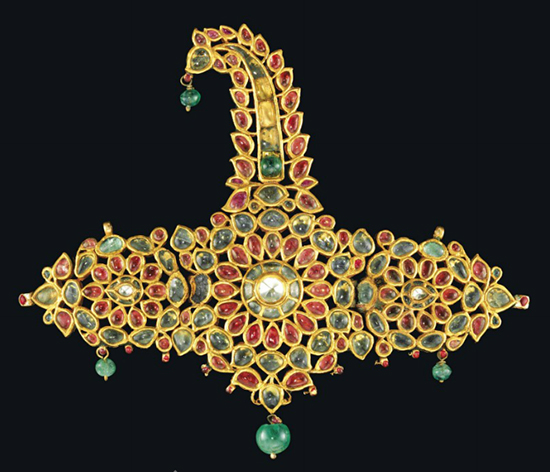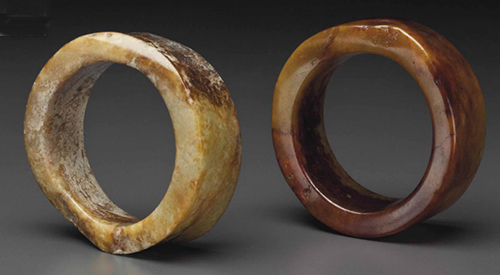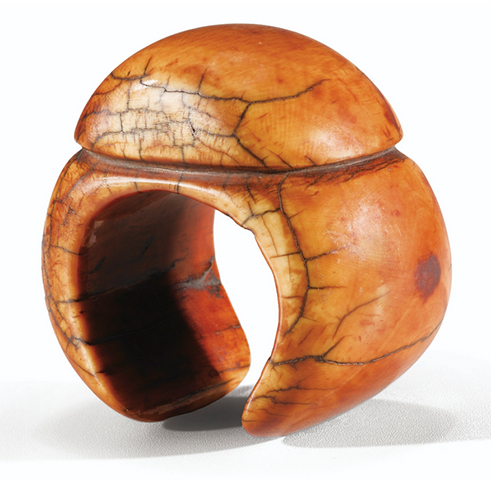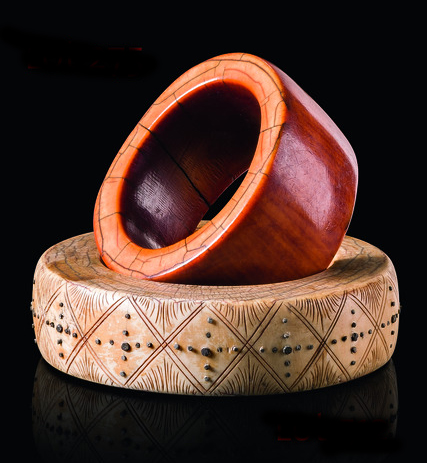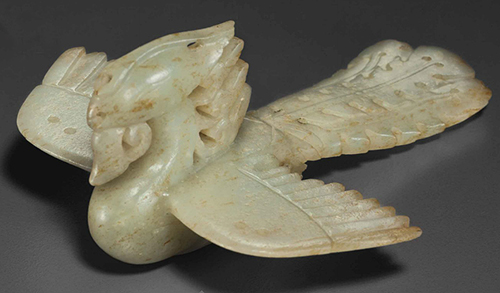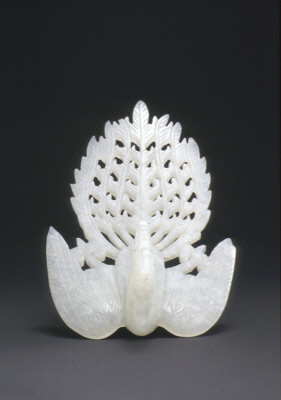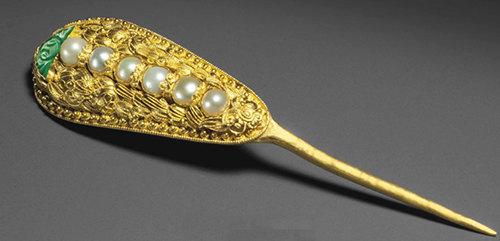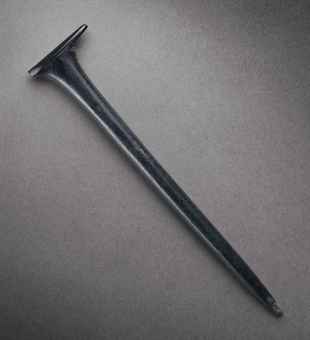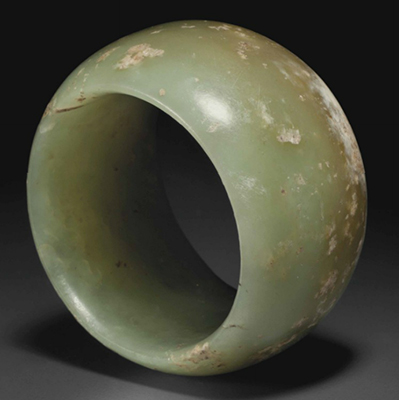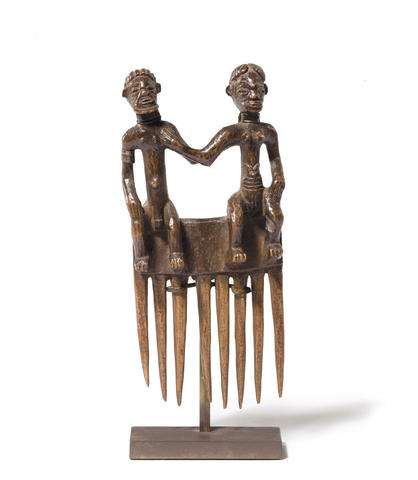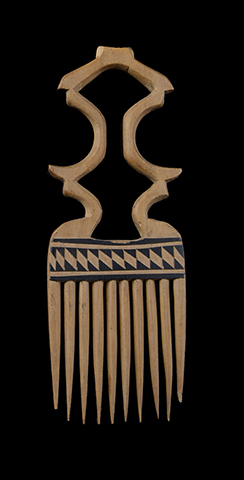On 15 May 2015: African, Oceanic & Pre-Columbian Art: Sotheby’s. Among the jewelry for sale is this large gold frog pendant (800 – 1500 AD) from the Coclé civilization of modern-day Panama. Starting bids: $50,000 to $70,000.

23 April 2015: Art of the Islamic and Indian Worlds: Christie’s, London: An 18th Century Armenian gemset and enamelled reliquary from the Ottoman Empire. “The pendant of ogival (pointed-arch) form with cusped edges, decorated in openwork with a pronounced cross with rosette centre and trefoil edges. On the back are vegetal motifs decorated with Christian imagery in gold reserved against deep blue or green ground.”


24 April 2015: Art of the Islamic and Indian Worlds: Christie’s, London: A gemset silver-gilt comb from North India, Late 19th- to early 20th Century. “The top openwork and decorated with confronted birds either side of a flower bud, foliage around them, with green, red and colourless gems.” Starting bids: $2000
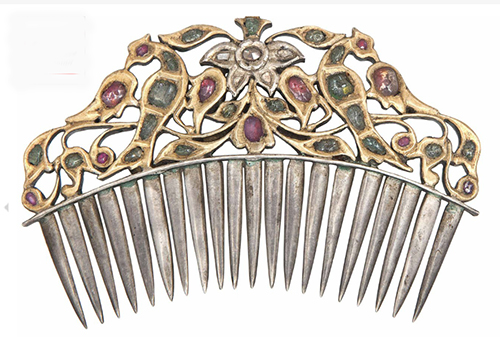
24 April 2015: Art of the Islamic and Indian Worlds: Christie’s, London: Two hardstone and coral-inset pendants, Ottoman Turkey, 18th and 19th Century. “The first of circular form, set with a crescent-shaped green jade panel with silver knotwork with turquoise, red and green hardstones; the second silver-gilt, of palmette form, set with corral cut-in boteh-like and drop shapes, the borders with hanging coral beads, suspension loop on reverse; each on stand.” Starting bids: $2000 to $3000

24 April 2015: Art of the Islamic and Indian Worlds: Christie’s, London: A pair of enamelled gold earrings from Qajar Iran, 19th Century. “Each with an upper gadrooned shallow-domed section above a larger well rounded domed element above a lower bell-shaped pendant, the main central element with polychrome enamelled flowering sprays above a band of stylised floral motifs.” Starting bids: $1500 to $2000.
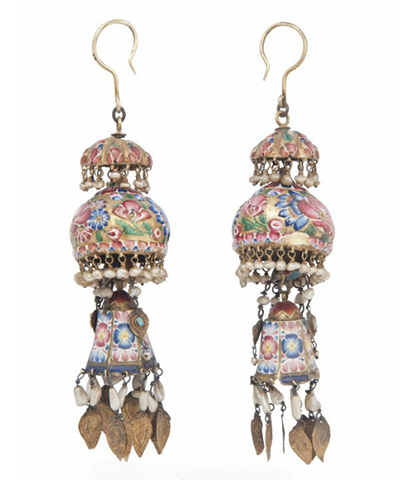
23 April 2015: Art of the Islamic and Indian Worlds: Christie’s, London: A Mughal gemset gold and enamelled turban ornament (sarpech), North India, 19th Century. “Of typical form with a central curved palmette rising from a central rosette, flanked by two smaller rosettes, the gold body is set with diamonds and other gems.” Starting Bids: $12,000 to $18,000.
